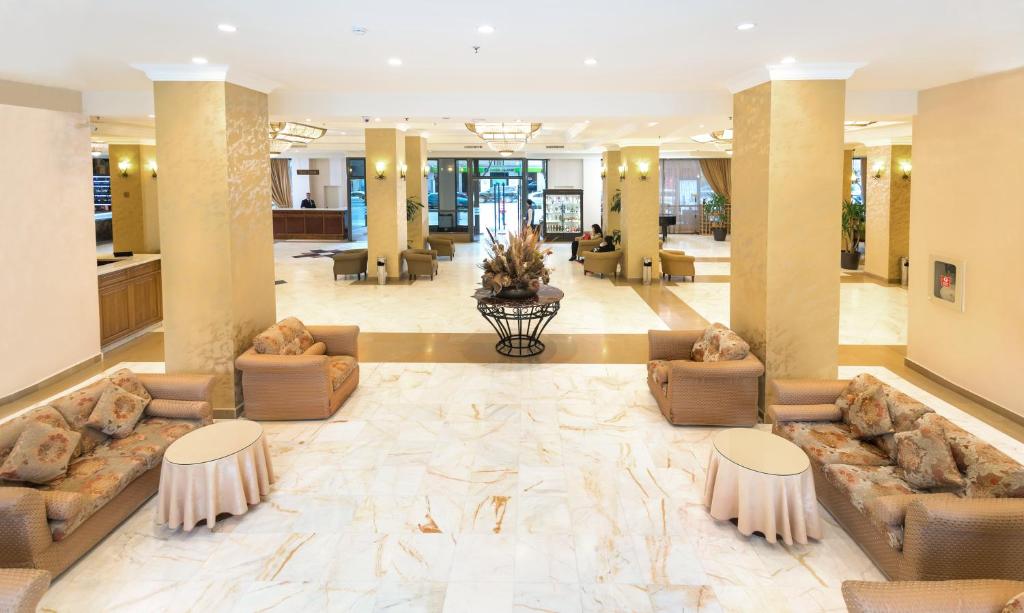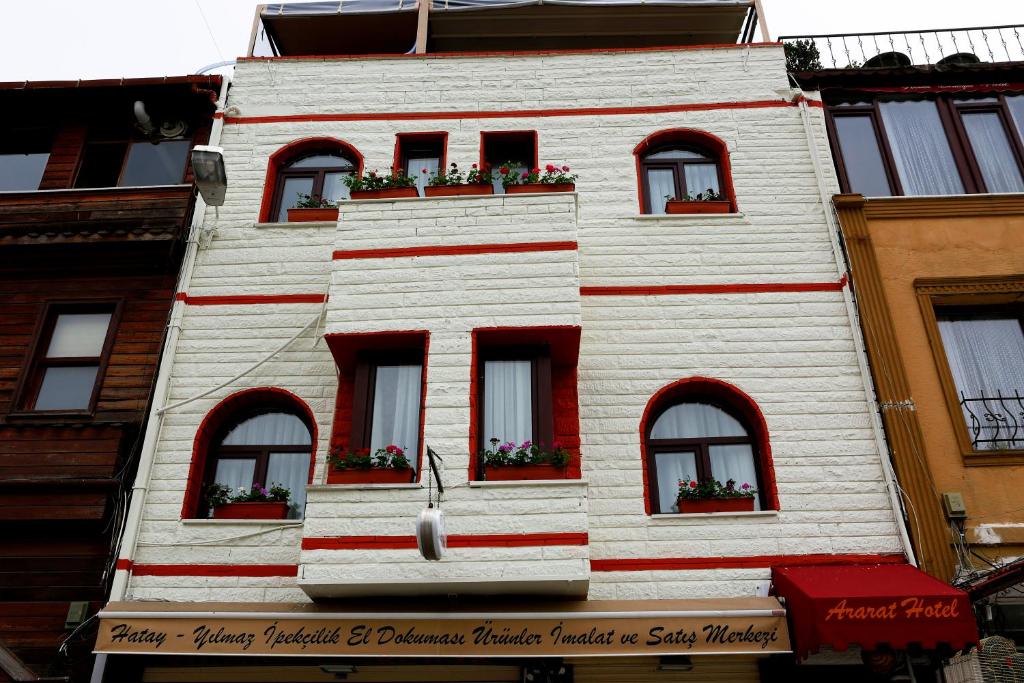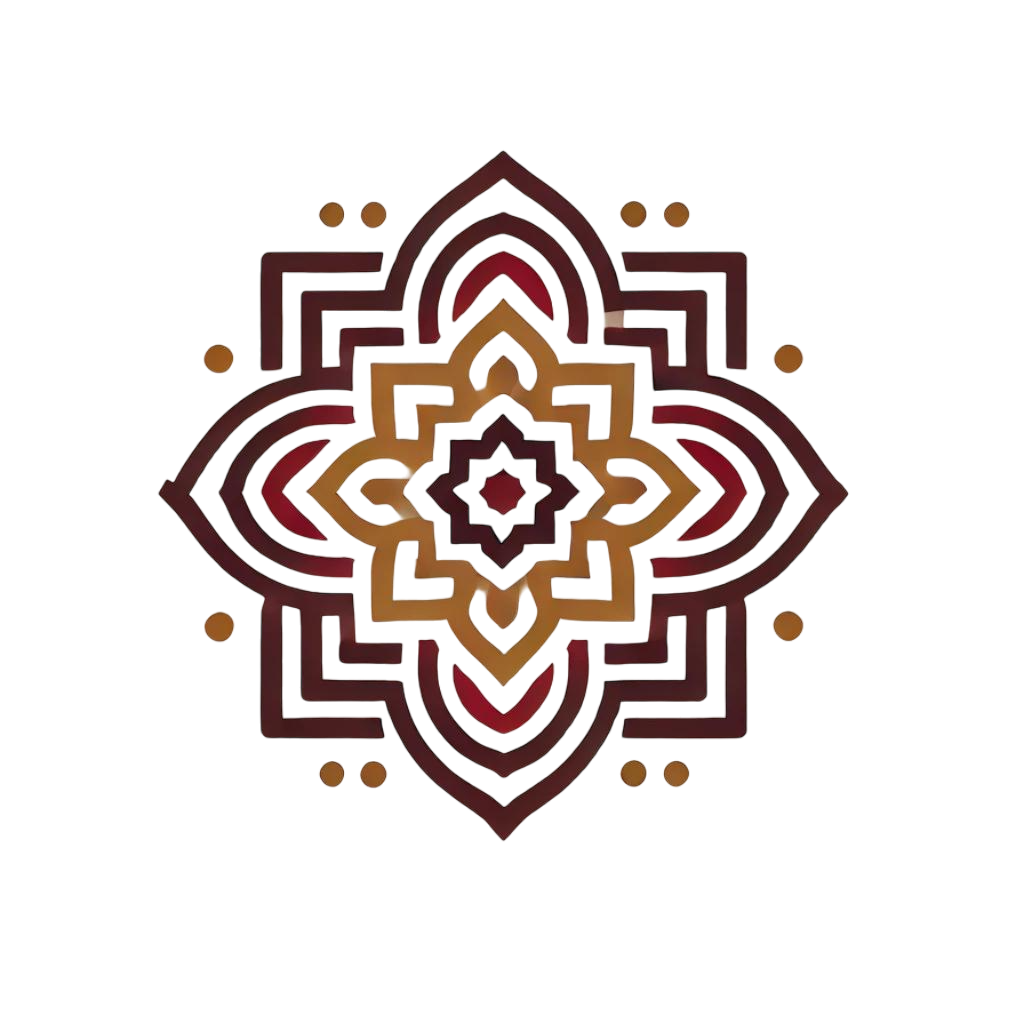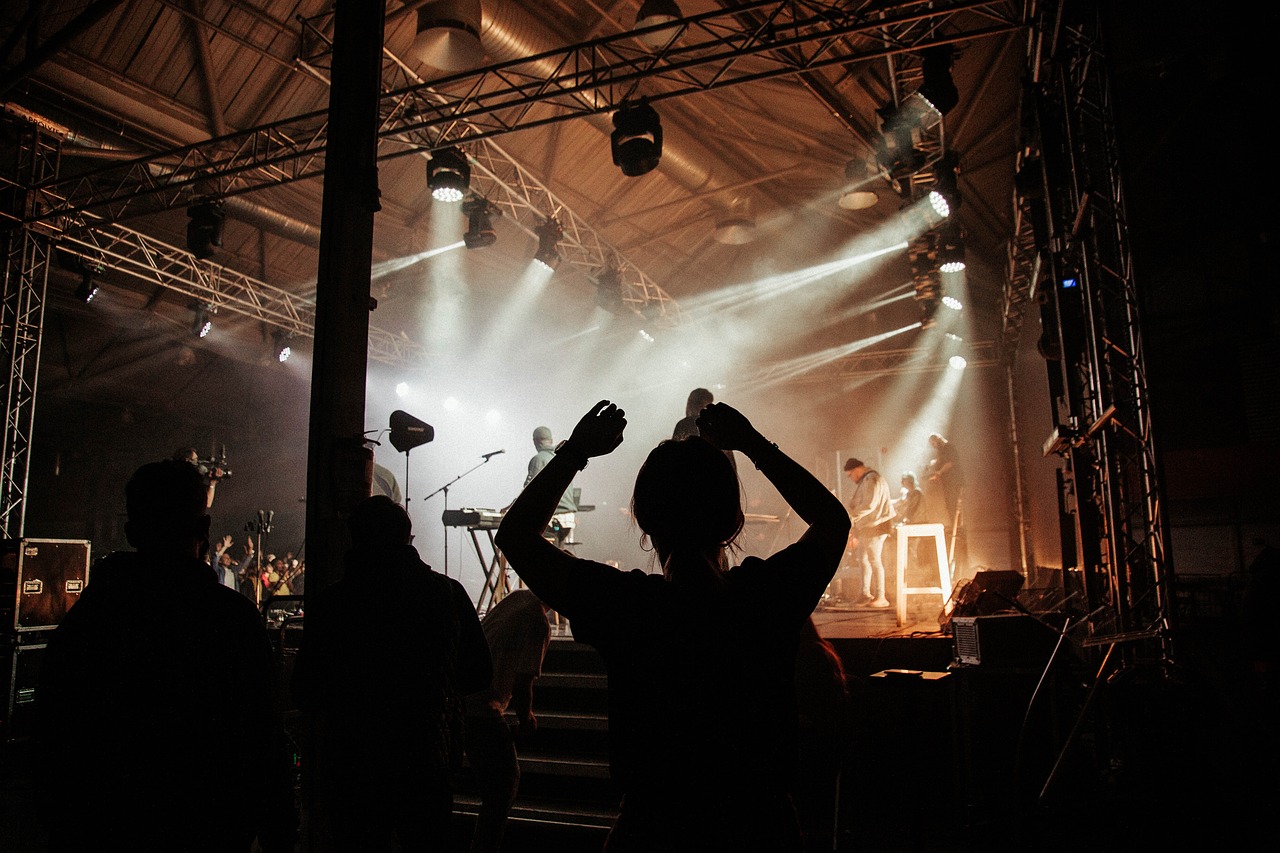Welcome to our journey into the heart of Armenia, a country where ancient traditions and vibrant folk culture come alive. In “Exploring Armenian Folk Culture,” we invite you to immerse yourself in the rich tapestry of customs, music, dance, and crafts that have been lovingly passed down through generations. As we navigate this fascinating landscape, we’ll uncover the profound significance of cultural festivals that not only celebrate these traditions but also play a crucial role in their preservation. Join us as we encourage a deeper appreciation for Armenia’s heritage, fostering a connection that transcends borders and resonates with all who value the beauty of cultural diversity.


The Essence of Armenian Folk Culture
Armenian folk culture is a rich tapestry woven from centuries of history, tradition, and diverse influences. This section delves into the various elements that comprise this vibrant cultural heritage, including folklore, traditional clothing, and the vital role of oral traditions.
Historical Roots of Armenian Folk Culture
Armenia is often referred to as the “first Christian nation,” with a history that stretches back thousands of years. The cultural practices of the Armenian people have been shaped by various historical events, including invasions, migrations, and the spread of Christianity. The ancient Kingdom of Urartu, which existed in the region from the 9th to the 6th centuries BCE, laid the groundwork for many aspects of Armenian identity, including language and customs.
Influences on Armenian Culture
Armenia has been a crossroads of civilizations, which has led to a blend of cultural influences. Over centuries, the Armenians have absorbed elements from:
- Persian Culture: The influence of the Persian Empire is evident in Armenian art, architecture, and cuisine. For instance, the use of intricate designs in traditional carpets reflects Persian aesthetics.
- Byzantine Influence: The establishment of the Armenian Apostolic Church brought with it Byzantine architectural styles, as seen in the beautiful churches of Echmiadzin.
- Ottoman Influence: The Ottoman Empire’s presence in the region introduced various culinary elements, such as the popular dish, dolma—stuffed grape leaves.
Key Elements of Armenian Folk Culture
Folklore: Stories and Legends
Armenian folklore is a vibrant aspect of the culture, encompassing a wide range of stories, myths, and legends. These tales often revolve around themes of heroism, love, and the struggles of the Armenian people throughout history.
- Famous Characters: One of the most notable figures in Armenian folklore is David of Sassoun, a legendary hero whose exploits are celebrated in the epic “David of Sassoun.” This epic is performed in the form of folk songs across the country.
- Preservation Efforts: Organizations like the Armenian Folklore Society work diligently to preserve these stories, ensuring they are passed down through generations.
Traditional Clothing: A Cultural Mirror
Traditional Armenian clothing reflects the rich cultural heritage and local customs. The garments are often colorful and intricately designed, showcasing regional differences.
- Women’s Attire: The Armenian Taraz is a traditional dress characterized by its vibrant colors and unique embroidery. Brands such as Armenian Fashion House offer modern interpretations of this classic garment, keeping the tradition alive while appealing to contemporary tastes.
- Men’s Attire: The Duduk is an integral part of Armenian culture, and men often wear a traditional Chalab—a long coat adorned with various symbols representing their region.
Oral Traditions: The Heart of Cultural Transmission
Oral traditions are fundamental to Armenian culture, serving as a means of preserving history, customs, and values. Stories are often shared during family gatherings, festivals, and cultural events.
- Storytelling Events: The Armenian Storytelling Festival showcases skilled storytellers who engage the audience with mesmerizing tales, ensuring the art of storytelling remains vibrant and relevant.
- Cultural Significance: These oral traditions not only preserve history but also foster community bonds, as families and friends gather to share stories, songs, and dances.
Practical Examples of Armenian Folk Culture
Folk Arts and Crafts
Armenian folk crafts are a testament to the creativity and skill of artisans. Some notable examples include:
- Khachkars: These intricately carved stone crosses are a unique form of Armenian art, often found in churches and cemeteries. They reflect both religious devotion and artistic expression.
- Carpet Weaving: Armenian carpets are renowned for their high quality and beautiful designs. Brands like Koor produce authentic Armenian carpets that embody traditional weaving techniques.
Culinary Traditions
Food is an essential aspect of Armenian culture, with traditional dishes often served during celebrations and gatherings. Some must-try dishes include:
- Khorkhog: A traditional Armenian dish made from lamb and vegetables, cooked in a unique way using hot stones.
- Lavash: This thin, traditional flatbread is a staple in Armenian cuisine and is often used to wrap various fillings.
Celebration of Festivals
Armenian folk culture is enriched by numerous festivals that highlight traditional practices. Some key festivals include:
- Vardavar: A summer festival celebrating the Transfiguration of Christ, where water is splashed as a symbol of purification.
- Geverk: This harvest festival celebrates the end of the agricultural season, with community feasts and traditional music.
By understanding the essence of Armenian folk culture, we can appreciate the depth and richness of this heritage, which continues to thrive in the hearts and lives of the Armenian people today.
Key Folk Festivals in Armenia
Armenia is a country rich in history and culture, and its folk festivals beautifully reflect this heritage. Each festival showcases unique traditions, music, dance, food, and crafts that define Armenian culture. In this section, we will explore some of the most important cultural festivals in Armenia: Vardavar, the Yerevan Jazz Festival, and the Gata Festival.
Vardavar: The Festival of Water
Origins and Significance
Vardavar is an ancient Armenian festival celebrated 14 weeks after Easter. Its origins can be traced back to pagan times, where it was associated with the goddess Astghik, the goddess of love and water. Today, Vardavar is a joyful celebration that marks the coming of summer and the importance of water in Armenian culture.
Folk Traditions and Activities
During Vardavar, people of all ages engage in water battles, pouring water on each other in a playful manner. The festival combines a spirit of fun with cultural rituals, creating a unique atmosphere. Key activities include:
- Water Splashing: Friends and family take to the streets armed with buckets and water guns.
- Traditional Dance: Dancers perform traditional Armenian dances, such as the Kochari, celebrating community and togetherness.
- Special Foods: Local delicacies such as Lavash, a traditional Armenian flatbread, and Kofta, meatballs made with spices and herbs, are enjoyed during the festival.
- Cultural Performances: Various performances featuring folk music and dance are held, showcasing Armenia’s artistic heritage.
Key Points
- When: Celebrated 14 weeks after Easter, typically in July.
- Where: Nationwide, with major activities in Yerevan.
- Notable Features: Water battles, traditional dance, cultural performances.
Yerevan Jazz Festival: A Celebration of Music
Origins and Significance
The Yerevan Jazz Festival is one of the premier music events in Armenia, founded to promote jazz music and celebrate its cultural significance. This festival is held annually in October and attracts both local and international artists, providing a platform for musical exchange.
Folk Traditions and Activities
The festival features a mix of traditional Armenian music and jazz, illustrating the fusion of cultures. Key highlights include:
- Live Performances: Renowned jazz musicians from around the world perform alongside local talents, such as the Armenian Jazz Quartet.
- Workshops: Educational workshops are offered, focusing on jazz techniques and improvisation, led by experienced musicians.
- Culinary Delights: Food stalls offer a taste of Armenian cuisine, including Khash (a traditional soup) and Dolma (stuffed grape leaves), providing an immersive experience.
- Craft Exhibitions: Local artisans showcase their crafts, including handmade musical instruments and traditional Armenian pottery.
Key Points
- When: Annually in October.
- Where: Various venues in Yerevan, including the Cafesjian Center for the Arts.
- Notable Features: International jazz performances, workshops, and culinary experiences.
Gata Festival: A Sweet Celebration
Origins and Significance
The Gata Festival, dedicated to the traditional Armenian pastry known as Gata, is celebrated in the town of Abovyan. This festival emphasizes the importance of this sweet pastry in Armenian culture, particularly during special occasions and holidays.
Folk Traditions and Activities
The Gata Festival is a delightful celebration filled with food, music, and community spirit. Key activities include:
- Gata Baking Competitions: Locals showcase their baking skills by entering their unique recipes for Gata, with prizes awarded for the best creations.
- Live Music: Traditional Armenian music fills the air, with performances by local musicians playing instruments like the Duduk and Kanun.
- Artisan Stalls: Vendors sell various handmade goods, including pottery, textiles, and, of course, different varieties of Gata.
- Tasting Events: Attendees sample various Gata recipes, from the classic Gata with Nuts to innovative flavors like Chocolate Gata.
Key Points
- When: Annually, typically in September.
- Where: Abovyan, just outside Yerevan.
- Notable Features: Gata baking competitions, traditional music, artisan stalls.
In summary, these festivals highlight the vibrant cultural tapestry of Armenia. Vardavar brings communities together through playful water battles, the Yerevan Jazz Festival celebrates the fusion of jazz and Armenian music, and the Gata Festival connects people through the love of a traditional pastry. Each festival is a unique experience, showcasing the rich traditions and lively spirit of Armenian culture.
Traditional Armenian Music and Dance
Armenian music and dance are rich in history and cultural significance, reflecting the soul of the Armenian people. These art forms are not only a means of expression but also serve as a vital component of community life, fostering connection and joy among participants.
Unique Aspects of Armenian Music
Armenian music is characterized by its emotive melodies and intricate rhythms, often accompanied by a variety of traditional instruments. Each instrument tells a story of its own, contributing to the distinctive sound of Armenian folklore.
The Duduk: A Symbol of Armenian Heritage
The duduk, a double-reed woodwind instrument made from apricot wood, is perhaps the most iconic symbol of Armenian music. Its deep, warm tones evoke a range of emotions, making it a staple in both celebratory and somber occasions.
- Features of the Duduk:
- Material: Crafted primarily from aged apricot wood, enhancing its tonal quality.
- Sound Range: Can produce a wide range of expressive tones, from mournful to joyful.
- Cultural Significance: Recognized by UNESCO as an Intangible Cultural Heritage, emphasizing its importance to Armenian identity.
Popular Duduk Brands:
- M. Z. Vardanyan Duduks: Known for their high-quality craftsmanship and authentic sound.
- Armenian Woodwind Instruments: Offers a variety of duduks, ranging from student models to professional-grade.
The Role of Folk Dances in Community Gatherings
Folk dances play a pivotal role in Armenian culture, serving as a means of social cohesion and expression. These dances are often performed during family celebrations, religious holidays, and community festivals.
Characteristics of Armenian Folk Dances
Armenian folk dances are typically characterized by their lively rhythms, intricate footwork, and vibrant costumes. They often involve group formations, highlighting the importance of community and togetherness.
- Popular Folk Dances:
- Kochari: A circle dance that involves synchronized movements and is often accompanied by the duduk.
- Shalakho: A dance that showcases individual skill and character, often performed in a competitive manner.
Festivals: A Celebration of Music and Dance
Music and dance are integral to Armenian festivals, creating an atmosphere of celebration and unity. These events not only showcase traditional art forms but also strengthen community bonds.
Key Festivals in Armenia
- Vardavar: A summer festival celebrating the Transfiguration of Christ, marked by water fights, music, and folk dances.
- Armenian Genocide Remembrance Day: Features somber music and dance to honor the memory of those lost, emphasizing the role of arts in collective mourning.
Benefits of Music and Dance at Festivals:
- Cultural Preservation: Helps to pass down traditions to younger generations.
- Community Engagement: Encourages participation from all age groups, fostering inclusivity.
- Emotional Connection: Strengthens communal ties, allowing people to share in both joy and sorrow.
Practical Examples and Products
To experience the beauty of Armenian music and dance, enthusiasts may consider participating in local cultural events or purchasing authentic instruments.
- Duduk Workshops: Many organizations offer workshops where individuals can learn to play the duduk, such as those provided by Armenian Music Workshops in Yerevan.
- Folklore Dance Classes: Communities often hold classes for traditional dance, making it accessible for anyone interested.
Summary of Key Points
| Aspect | Details |
|---|---|
| Key Instrument | Duduk (double-reed woodwind) |
| Cultural Significance | UNESCO Intangible Heritage |
| Popular Dances | Kochari, Shalakho |
| Major Festivals | Vardavar, Genocide Remembrance Day |
| Benefits of Participation | Cultural preservation, community engagement, emotional connection |
Armenian music and dance are woven into the very fabric of Armenian identity, enriching the lives of those who participate in these time-honored traditions.
Embracing Heritage and Identity
In conclusion, this exploration of Armenian folk culture highlights the richness and diversity of its traditions, from vibrant festivals and captivating music to intricate crafts and delicious cuisine. By engaging with these cultural expressions—whether through attending events or practicing traditional crafts—you can cultivate a deeper understanding and appreciation for Armenia’s unique heritage. Embracing these experiences not only honors the past but also keeps the spirit of Armenian culture alive for future generations.


I’ve heard that some folk dances are hard to learn because they have specific steps and rhythms. Anyone know if there are classes for beginners? It can be a bit intimidating!
Great point! Some dances can be tricky, but many cities have cultural centers or community groups that offer beginner classes. It’s a fun way to connect with the culture and meet new people!
I love how the article highlights the essence of Armenian folk culture, but I wonder how much modern influences are blending in. Is it still pure or are we losing some of the traditional aspects? Just curious!
I’ve been to the Vardavar festival and it was a blast! If you ever get a chance to see it, totally go for it. Just be ready to get soaked! Any tips for first-timers?
Thanks for sharing your experience! Vardavar is indeed a fun festival. For first-timers, I’d recommend wearing clothes you don’t mind getting wet and embrace the chaos. It’s all about having fun!